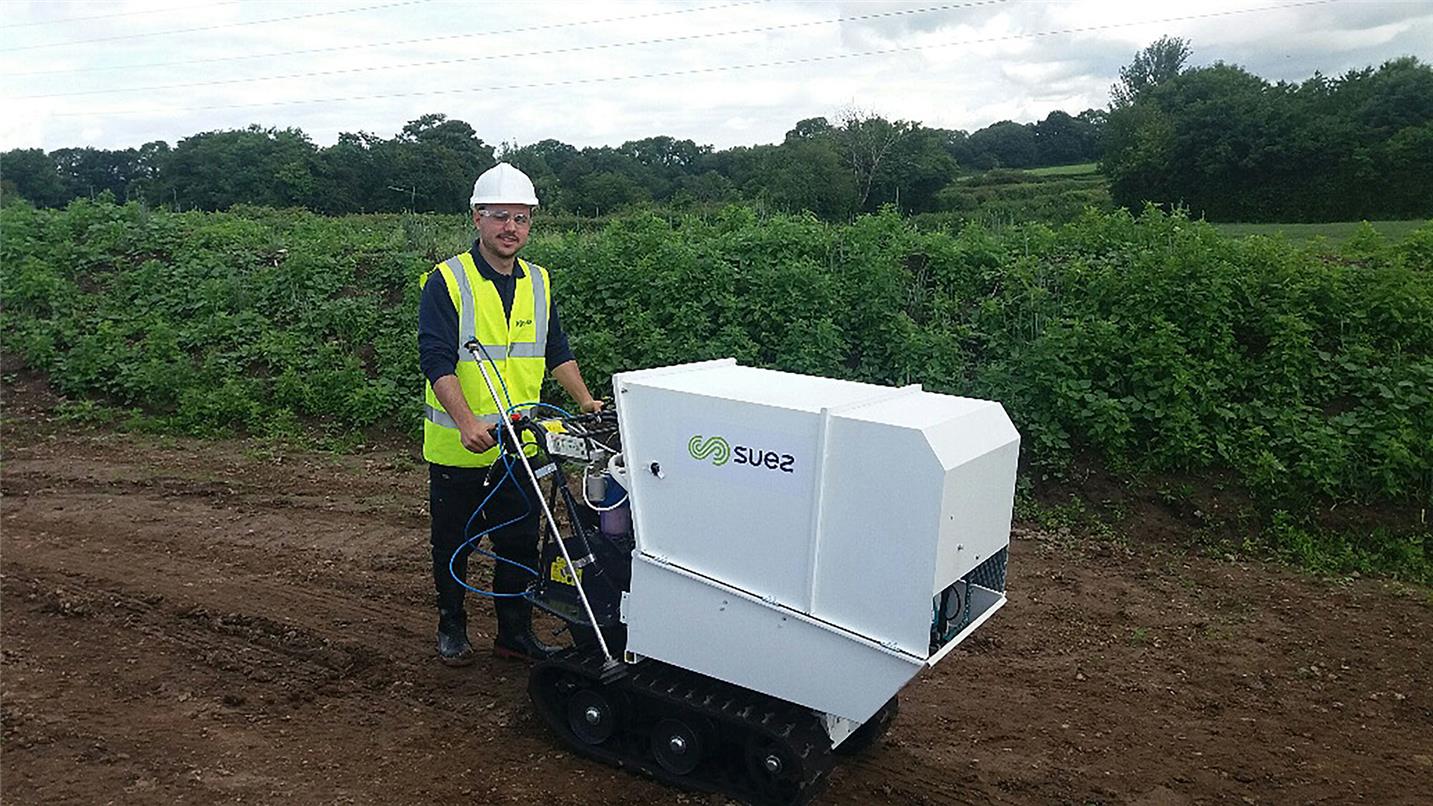Water leak detection
Even small leaks can be traced using our highly accurate detection system using helium gas.
Called iDroloc, it injects the tracer gas into the water main to detect leaks without interruption to service. It can be used for large-diameter mains, smaller distribution pipes, or household connections in urban areas. iDroloc can detect very small leaks, even in large-diameter pipes, offering an accurate and efficient alternative to conventional acoustic methods.
3.1
billion litres
of water lost every day in the UK water sector
A nonintrusive solution for tracing even small leaks
Apart from the challenges of dealing with leaks causes by random pipe failures and damage, water managers have to contend with a variety of pipe diameters, materials and obstacles, especially in urban environments.
This nonintrusive gas tracing solution has several advantages, including:
- Zero customer disruption – all work is carried out on the live network.
- Leaks can be located on areas that have a high percentage of plastic or non-metallic pipework – it does not rely on sound to locate leaks.
- Detection is fast and accurate in large pipes, where standard methods may not always be reliable.
- The most effective method for leak detection on non-metallic pipes and/or low network pressures.
How it works
Helium is an inert gas that is not toxic, flammable or condensable, making it ideal as a tracer gas for leak detection.
- The gas is inserted through the tapping into the flow of water in the pipe. The water carries the helium through the pipe, and any leakage points.
- Engineers ensure the helium gas has travelled the full length of the pipe being surveyed.
- Engineers check the full length of the pipe for any signs of helium, indicating that a leak is below. Lighter than air, the helium rises above ground. As the concentration of helium in the atmosphere is very small, it can be detected accurately at ground level.
iDroloc can even be used as a pipe condition assessment tool and can detect minor leaks in joints, preventing further damage and future leakage.
It is also a pre-commissioning solution for newly constructed pipework. Helium gas and compressed air are used to pressure-test the pipework to identify any leaks.

